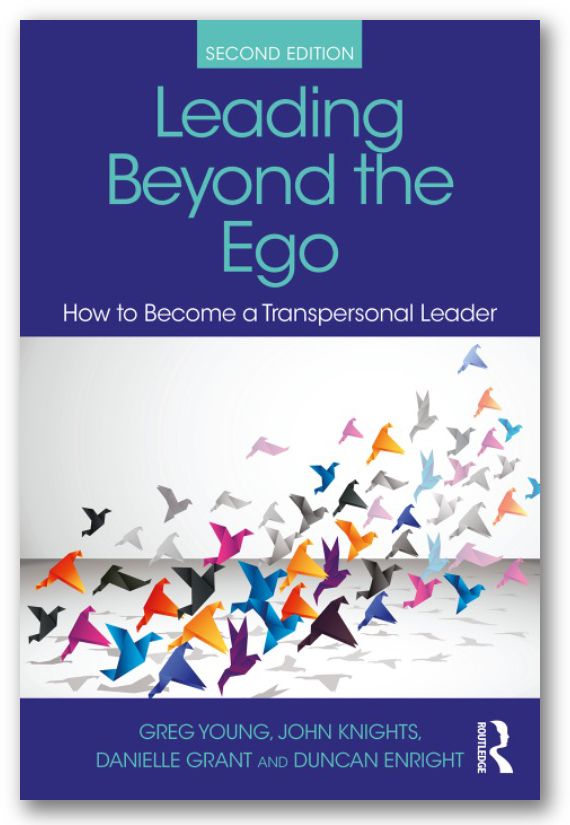Bringing together two rival groups to create a successful commercial team
The group has seen a 7.4% rise in share price after better-than-expected annual results. In a tough market, including securing a multi-million pound new credit facility, the electrical retailer has reported good progress in the UK and Ireland and northern Europe and says it is "well-positioned for the year ahead." Source: Financial Times
Client Context:
Dixon’s Retail, which owns Currys and PC World has been suffering, in common with much of the retail market. Recession and consumer insecurity have led to markedly decreased spending on high-ticket electronics. The high street has been fighting increased competition from online retailers. Changes in the organisation meant that teams needed to be rebuilt under new leadership to respond to the competitive challenges.
The Challenge:
Mark Slater, former commercial vice president at Disney Consumer Products working with toys and electronics in Europe, was looking to build new values into a new team as he took over the role of Computing Category Director. Dixons was siloed, with computing hardware dealt with entirely separately from accessories such as computer bags, wiring and so on. The aim was to bring together these complimentary areas.
Two category directors promoted different cultures with their teams, comprising 45 people - 8 of whom were in management. The staff were spread across two floors. The senior teams were competitive and driving to their own, individual targets and agendas. At times it could look as though decisions were almost being taken at the expense of the other team. Other people’s priorities were certainly not being considered and the two areas had to start to learn to co-operate for mutual advantage.
The backdrop was an economy in deep recession and a business that had become so money conscious, it was cutting back to the bone. Managers described the situation as fire-fighting with very tired people, working at capacity. At this point Dixons had been “through the mill and back” and the team was losing colleagues.
Desired Outcomes/Goals:
- To bring the two commercial teams together as one with a common vision and approach to enable them to collaborate effectively in a way that was not top-down, but came from the businesses.
- Raising awareness as a team and individuals of each person’s strengths and how to engage together and with stakeholders in the Group.
- Development of the team as a strong productive unit.
- To enable the team to be seen as thought-leaders through developing cohesion, confidence and performance.
- Increasing the confidence of the Team to lead their area of the business (individually and collectively).
- Deliver above-expectation performance in the key peak trading period.
Intervention:
- Starting with individual 1-2-1 sessions to understand key managers’ positions.
- The team were relocated to one floor
- An MBTI Step 2 process and feedback was undertaken to build understanding of the differences and value-add diversity brought to the team.
- A LeaderShape® mini Culture Survey was carried out to identify current and desired culture for the Team. The “5 Dysfunctions of a Team” was introduced as a concept around which to bring them together.
- The first workshop (including team coaching) began the process to develop a team identity, with values, behaviours and actions that would be mutually supported to enable a unified culture to become a reality.
- Communication was also key, to cascade new messages.
- A second workshop interrogated the vision more deeply and resulted in a compelling action plan.
- Each team member took ownership to implement a part of that plan.
Success Against Desired Outcomes:
This programme was the first learning and development work for these employees for a long time. They described feeling valued and enjoying having input. Through small steps, the business began concentrating on the customer journey, rather than their own financial focus. Building each other’s targets into plans altered the starting point.
It wasn’t a realization, it was a slow burn – you started to look at things differently,” said managers involved in the process. “To let barriers down was out of our comfort zone – suddenly we were not out to do the best deal ever, regardless of the consequences elsewhere. Trust was building. We stopped worrying about whether peers were seen as stronger than you or more hard-nosed, we learned to work together and build camaraderie.”
The 12-week learning process rapidly moved the team, from a cut-throat environment to one of change management. Obvious signs of increased motivation included social events, even small improvements such as a willingness to go for coffee and chat over concerns, rather than setting up formal meetings in the office. By their own account the teams appreciated the investment in themselves as people. They report staying later and turning up earlier, being happier to come to work. "It was amazing what you saw. Laughter!"
The bottom line was an almost 10% increase in cashflow and, although the structural change was not the only factor, it was acknowledged by all as a major contributor
Mark says:
Danielle has been instrumental in helping me create the right culture and will to win within our newly formed team. The work we did on visioning the future and getting the team to take ownership and believe they could drive change was a key force in bringing the team together and creating trust, self belief and passion.”
In recent Corporate Reporting, Dixons chief executive, Sebastian James, said: "Against a tough economic backdrop, we have continued to deliver on a clear plan to transform the business. I am pleased that by focusing our efforts on delighting customers we have outperformed our competitors and ended the year with positive momentum, delivering results at the top end of expectations."

